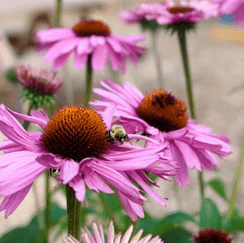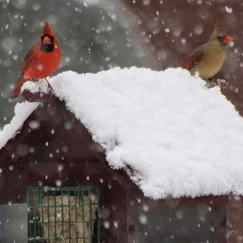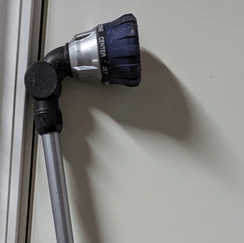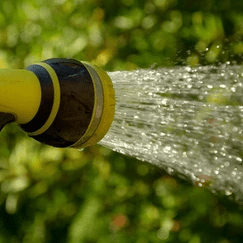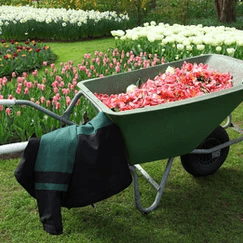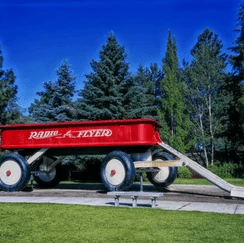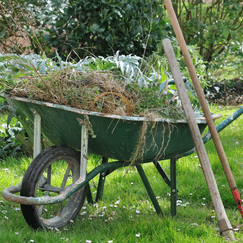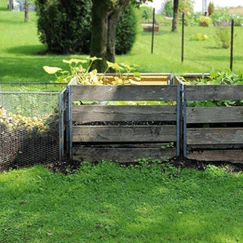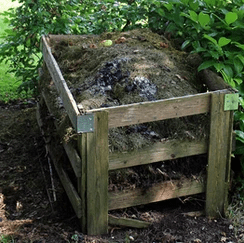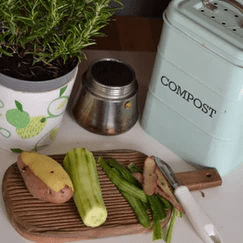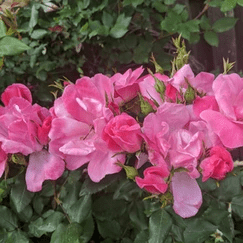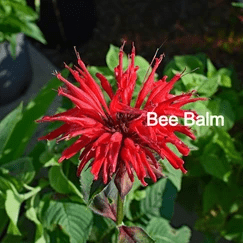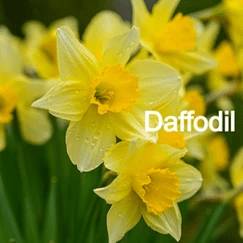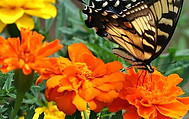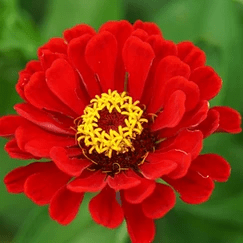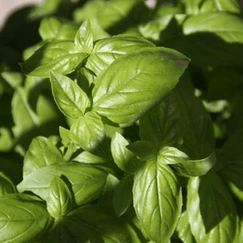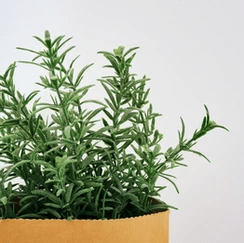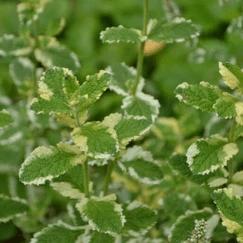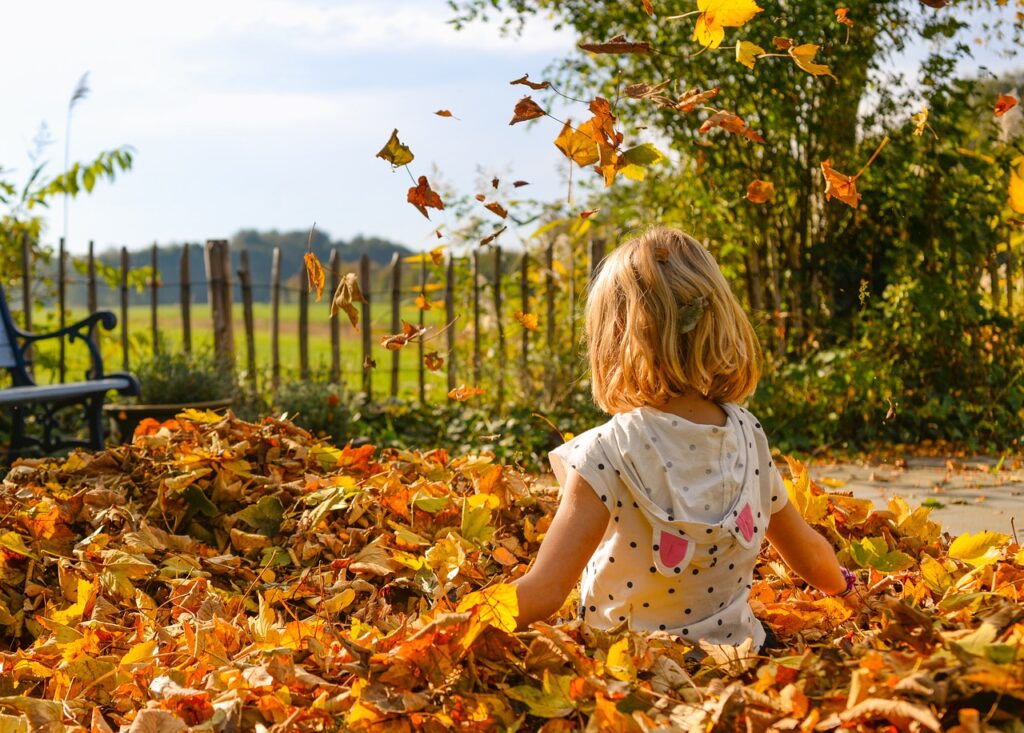Preparing Your Winter Garden for a Flourishing Spring

It’s the dead of winter and if you’re like me, you’re either wishing for snow or wishing for spring! Right now, I’m wishing for snow. Unfortunately where I live we have been in a snow drought for 715 days. We finally broke the drought last night with two and a half inches. I know it’s not much to get excited about, but at least it covered the earth with a soft, peaceful, fluffy, blanket of white.
Besides hoping for snow, it is time to start dreaming about that gorgeous garden you will create come early spring. Read on to learn what you can do now in winter to prepare your winter garden for a flourishing spring. Here is a guide with tips to prep your garden for spring.
(Some of the links within this post are affiliate links on which I receive a small compensation from the sale of certain items with no extra cost to you.)
(As an Amazon Associate I earn from qualifying purchases.)
Essential Tools for Beginners
You don’t need to break the bank when it comes to purchasing gardening tools, especially as a beginner. Listed below are a few tools to have on hand when you begin a garden. You can purchase them from Amazon.
Spade Shovel
A spade shove is essential for digging straight into the ground and turning the soil. It is always pointed and has a hefty handle.

Spade Shovel/ Pixabay
Garden Fork
A garden fork is useful for scratching up weeds and lifting plants out of the ground.
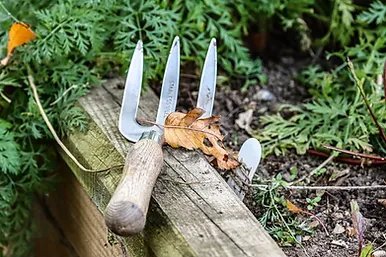
Garden Fork/ Pixabay
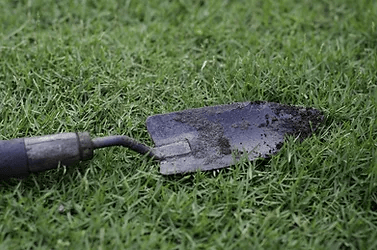
Garden Trowel/ Pixabay
Hand Clippers
Sharp hand clippers are a must. Sharpen them yearly to keep them in tip top shape.
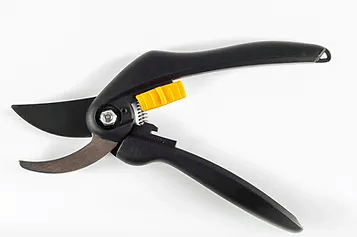
Hand Garden Clippers/ Pixabay
Watering Wand
A watering wand is essential to supply gentle flows of water to delicate flowers. You can purchase the wand, which makes it easier to reach high places, and/or a watering can, and/or a nozzle to attach to the hose.
Wheelbarrow or Wagon
One of these is essential for transporting flowers and tools from one area to the other.
Scooter Rolling Cart with a Seat
This may sound like an extravagance but it is not. This contraption has saved my back throughout my many years of gardening. I highly recommend you purchase one!
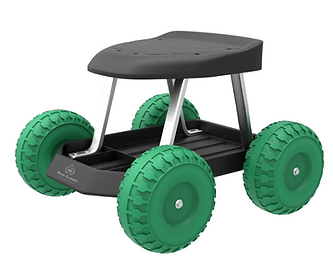
Scooter Rolling Cart
For more information on gardening tools click Best Garden Tools for Beginners – Don’t Break the Bank.
Once you have a collection of tools, designate a specific place to house and organize the tools. This will eliminate a lot of angst and frustration once you begin gardening!
If you already have garden tools, clean and sharpen them during the winter months so they’re already to go once the weather breaks!
Collect Rain/Snow Water in Rain Barrels
Throughout the last few decades our weather patterns have changed. What were once easy to predict, like April showers, May flowers, knee deep snow, balmy springs, and hot (but not too hot) summers has now become more unpredictable.
Droughts seem to be occurring more frequently. As temperatures rise, droughts persist and the demand for water increases.
One way to combat the need for water is to harvest rainwater at your own home. By installing rain barrels under drain spouts you can collect naturally clean water and eliminate the use of tap water taken from wells or reservoirs and filtration plants. You will also save money and reduce the strain on any filtration systems in your home. This is an eco-friendly alternative to using ground water or tap water.
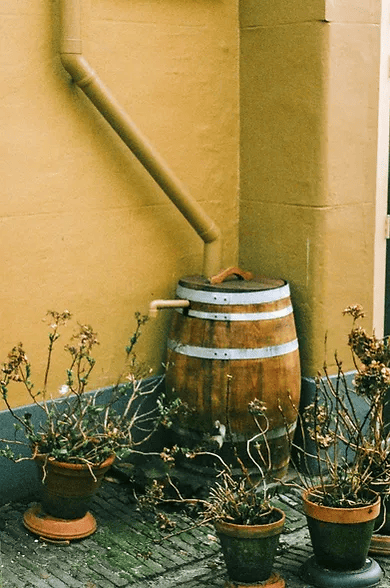
Rain Barrel/ Joshua Pieterse/ Unsplash
Set Up a Home Compost Bin
Composting at home eliminates unneeded trash in landfills. It also saves you money because you will have home-grown, nutrient rich mulch in your own backyard. For more information on composting click Easiest Way to Compost – Save the Planet.
If you do not have the space, time, or desire to manage a compost bin, how about using a service to pick up your composting material? By utilizing these services, “you can protect the environment and provide for a more sustainable and planet friendly existence.”
Plan Your Garden Layout
How to Begin a Garden
If you are just a beginner and would like to create your unique outdoor space, start by planning your garden layout. Refer to Starting a Garden for Beginners – It’s Not Difficult for basic information on how to create a garden. In this article you’ll learn about variables to consider when creating your plan.
If you find this too overwhelming, contact me and I will help you design a garden specifically contoured to your yard. Click here to learn about my garden design servicesor just go to the menu and click services.
Plan Out Your Flowers and Herbs
There are many kinds of flowers and herbs to choose from when considering what to plant in your garden. Here is just a small selection to consider. However, please keep in mind the sun exposures, watering needs, mature sizes, and kind of soil when selecting plants. Click Low Maintenance Flower Garden for more information.
Suggested Flowers
- Black Eyed Susan
- Coneflowers
- Lantana
- Shasta Daisies
- Daylilies
- Bee Balms
- Begonias
- Poppies
- Dianthus
- Dahlias
- Daffodils
- Foxglove
- Liatris
- Bleeding Heart
- Milk Weed
Suggested Herbs
For more information on herbs, click Planting Herbs in a Garden.
- Basil
- Rosemary
- Mint
- Oregano
- Tarragon
- Parsley
- Garlic
- Ginger Root
- Cilantro
Do Your Research
Check on the various needs of the plants you choose to grow. Specific plants will require certain soil, specific sun exposure, growing zones, etc. Some plants are not compatible with others in a garden. Others may not have the same watering needs. Therefore, know beforehand which plants are compatible.
Once you have determined their needs, plot them on paper to make it easier once growing season begins.
Sow Seeds Indoors
Now is the time to start thinking about various plants you can start from seeds. If you want to create a large expanse of flowers with groupings, it is more economical to start the plants from seed. You will need packets of seeds, seed starting trays, and good seed starting soil. Follow the instructions on the seed and seed tray package to germinate the seeds.
One other method to use to sow seeds indoors is by using damp paper towels. View the below video to learn how easy it is to germinate seeds in paper towels. You will still need small pots into which you will transplant the seedlings once they pop.
Check the Soil
Most plants require specific soils. One exception would be epiphytes. These plants only require a support to grow on, such as a tree, boat, or rock. For more information on epiphytes, click here.
If you have not already done so, purchase a soil test kit to determine your soils pH and nutrient levels. This will help you determine how to amend the soil.
An easier way to garden is to plant native flowers in your yard. Native plants are much easier to maintain and are more economical. For more information on sustainable and native gardens, click Native Plants and the Environment.
Garden Clean Up
If you are fortunate enough to get some mild weather in the beginning of March, do not be too anxious to start the spring cleanup! Delicate sprouts benefit from the warmth of fallen leaves and yard debris. These not only protect them from the wind and colder temperatures but add nutrients to its surrounding soil.
Once the temperatures have consistently become more tepid you can begin removing fallen leaves and branches in your yard and dead stems from perennials. You can also prune most trees and shrubs in the beginning of spring. However, be very careful with hydrangeas. Some push out new buds on old growth and some do so on new growth. Learn how and when to prune hydrangeas here.
Conclusion – Winter Garden Preparation For Spring
So if you’re either dreaming of snow or cannot wait for spring, you can still start to prepare your garden by following these simple suggestions. With a little due diligence now, you’ll reap the benefits of a beautiful spring, summer, and fall garden this coming season.
I hope you enjoyed this post. Please share it with friends and family and leave a comment below! I’d love to hear from you.
Happy Gardening,
Nina

